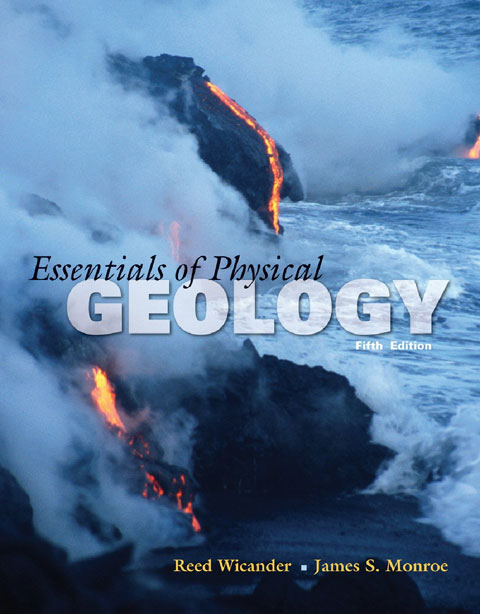
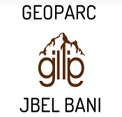
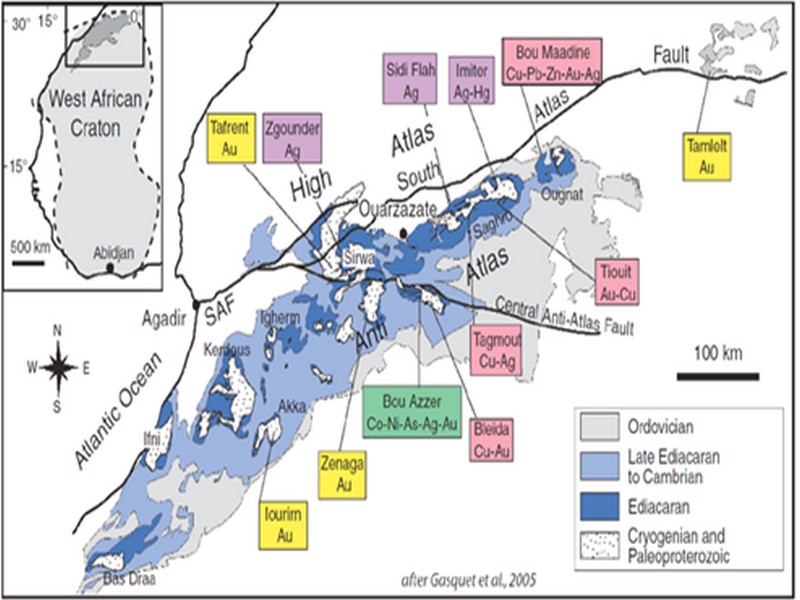
ORE DEPOSITS IN THE ANTI-ATLAS AND SUB-ATLAS REGIONS
The Anti-Atlas geological province is the host of a variety of ore deposits, ranging from Paléoprotérozoïque to Ordovician in age. These deposits are mainly Cu-Au porphyry types, precious metal epithermal (Au, Ag) or polymetallic VMS base metals (Cu, Pb, Zn, Au, and Ag), while the sub- Atlas region presents an important occurrence of manganese. Figure 8 shows the location of the most important deposits in the Anti-Atlas region.
Located in eastern Anti-Atlas, the world class Imiter Ag-Hg mine (8.5 Mt at 700g/t Ag), is among the most important deposits in Morocco. It is considered to be of epithermal origin. The silver mineralisation happened during regional extension (+/- transpession?) tectonic regime event around 550 and is hosted in a series of volcanic felsic rocks Ma (Tuduri et al, 2006). Briefly, a three-stage model has been proposed to explain the deposit: a first episode characterized by the development of quartz, pink dolomite, and Ag-rich minerals veins formed during a dextral transpressive event, followed by a barren stage associated with a normal left-lateral motion that re-opened previous structures, and a final alteration stage (i.e. supergene enrichment) that contributed to local enrichment in Ag deposit (Tuduri et al, 2006).
Regarding copper, Bleida was the most important Cu deposit of northern Africa until late 90’s. Located on the northern edge of the West African Craton, the Bleida orebodies are located on an inactive continental margin along with preserved ophiolites of Upper Proterozoic age. The copper deposits (chalcopyrite, bornite, pyrite) are stratiform distal massive sulfide bodies whose position is controlled by both the sedimentation of shales and an acid volcanism, which follows a more important basic volcanism. Pan-African deformation (650-600 Ma) has determined the current geometry of the cupriferous lenses although it has not remobilized the sulfides out of their original carrier beds (Leblanc and Billaud, 2006). West of the main Moroccan Bleida copper deposit, gold mineralization has also been discovered (West Bleida, ca. 3 tonnes metal Au). It is hosted by metamorphosed and deformed mafic to intermediate volcanic rocks that are part of the Neoproterozoic tholeiitic volcano-sedimentary series forming the stratigraphically upper part of the Bou Azzer ophiolite sequence. Gold mineralization primarily occurs
as deformed gold-bearing quartz veins and disseminations in Cu-rich chert zones (chalcopyrite– malachite), Fe-rich lithofacies and breccia zones. Gold is accompanied by small amounts of copper sulphides (<1% modal chalcopyrite).
Another important occurrence (not displayed in the map, Fig. 8) is the Imini Manganese deposit, the most important Mn deposit of Morocco, located in the western margin of the Ouarzazate foreland basin (Sub-Atlas). The manganese ore is made of pyrolusite (MnO2), and is hosted in different horizons of dolomites from the lower Cretaceous, and another accessory layer. This layers thickness can reach up to 1 meter. The deposit scale is 25 km per 100-400 m width, and sits above slates and crystalline rocks. Dolomitic sandstone and/or conglomerate are present between each mineralized horizon. Isabel von Steinaecker; source: http://www.geo.tu-freiberg.de/oberseminar/os03_04/Isabel_Steinaecker.pdf).
Figure 8: The Anti-Atlas belt at the northern limit of the West African Craton. Redrawn after Dallmeyer and Lecorché (1991) and a geological sketch map of the Anti-Atlas belt in southern Morocco and location of main ore deposits. SAF: South Atlas Fault. Gasquet and al. (2005)
Source web par unige.ch
Les articles en relation

La gerboise du désert
La gerboise du désert « La gerboise du désert est un rongeur aux longues pattes postérieures dotées de trois doigts lui permettant de faire des bonds de plus de 3 m. Les gerboises fouissen
Savoir plus...
Derst (Géoparc Jbel Bani)
Derst (Géoparc Jbel Bani) En linguistique, le terme ‘’Derst’’ comprend plusieurs significations : c’est un attroupement de femmes, d’hommes et même un groupement de pigeons ou tout aut
Savoir plus...
Tanger : Le patrimoine historique et naturel en péril
Tanger : Le patrimoine historique et naturel en péril L’état de la plupart des monuments et sites archéologiques de la ville est déplorable La société civile à Tanger tire la
Savoir plus...
Plantes d’intérieur : conseils et astuces pour l'entretien
Plantes d’intérieur : conseils et astuces pour l'entretien Un intérieur verdoyant et agrémenté de fleurs, c'est agréable. Mais maintenir ses plantes vertes en vie est parfois dé
Savoir plus...
Photos: Trois jeunes canis dans l’Anti Atlas
Photos: Trois jeunes canis dans l’Anti Atlas Ali Irizi a encore frappé. Cette fois il s’agit de trois louveteaux quelque part dans l’anti Atlas. Cette fois encore la photo ne manque pas de susciter questions et &
Savoir plus...
Les 10 arbres fruitiers spontanés du Maroc
Les 10 arbres fruitiers spontanés du Maroc Le Maroc, pays où l’agriculture occupe un rôle très important, est une terre qui compte de nombreuses espèces d’arbres. Le Maroc, pays de passage, a
Savoir plus...
Les folklores de Zagora: un patrimoine immatériel de haute valeur artistique
Les folklores de Zagora: un patrimoine immatériel de haute valeur artistique La population des oasis de la vallée du Draa moyen, Sud Est marocain, se caractérise par une grande diversité ethnique (Draoua,
Savoir plus...
Razer Phone 2 : un smartphone de gamers, vraiment ?
Razer Phone 2 : un smartphone de gamers, vraiment ? Le constructeur d'ordinateurs pour joueurs, Razer, lance une nouvelle version de son smartphone ultrapuissant. Dédié fondamentalement aux gamers, il est vendu au t
Savoir plus...
COP 23 : les États sont d’accord… pour discuter
COP 23 : les États sont d’accord… pour discuter La COP 23 s'est achevé ce weekend sans clash, ce qui est déjà appréciable. Le bilan restera maigre mais quelques avancées sont
Savoir plus...
Nopal
Nopal Le nopal est une plante grasse, arborescente, de la famille des cactus. Originaire du Mexique (elle figure sur le drapeau du pays), elle s'est acclimatée sur tout le pourtour de la Méditerranée. Sa tige
Savoir plus...
Du Dadès à la Vallée du Todra
Du Dadès à la Vallée du Todra La route nationale parcourt entre Boumalne Dadès et Tinghir un paysage absolument désertique qui change seulement en deux points : Imider et Timadrouine. À I
Savoir plus...Les tags en relation
En savoir plus sur " Géologie et TSGJB - AMDGJB ! "
Consulter les vidéos de " Géologie et TSGJB - AMDGJB ! " Consulter les photos de " Géologie et TSGJB - AMDGJB ! " Consulter les publications de " Géologie et TSGJB - AMDGJB ! " Consulter les éditions de " Géologie et TSGJB - AMDGJB ! " Consulter les communications de " Géologie et TSGJB - AMDGJB ! "Recherche du site
Recherche avancée / SpécifiqueVulgarisation à la géologie
Qu'est ce que les sciences de la terre: vulgarisation Qu'est ce que la géologie ? Géologie et TSGJB - AMDGJB !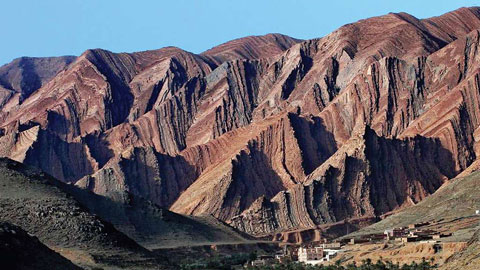
Géoparc et Recherche Scientifique
Le coins de l’étudiant
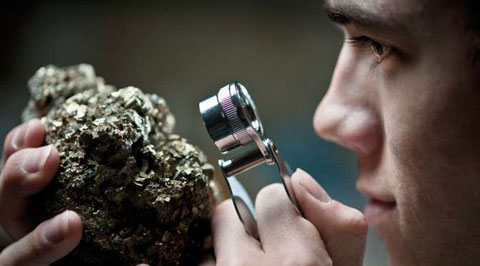


Blog Géoparc Jbel Bani
Dictionnaire scientifique
Plus de 123.000 mots scientifiques
Les publications
Géo parc Jbel Bani
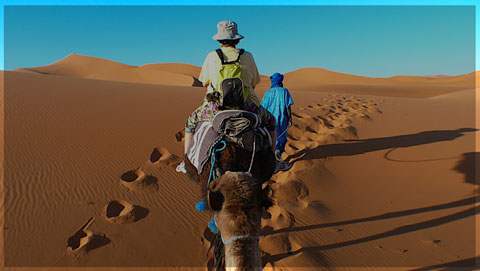
Circuits & excursions touristiques
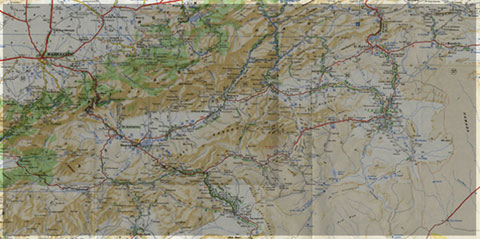
cartothéques
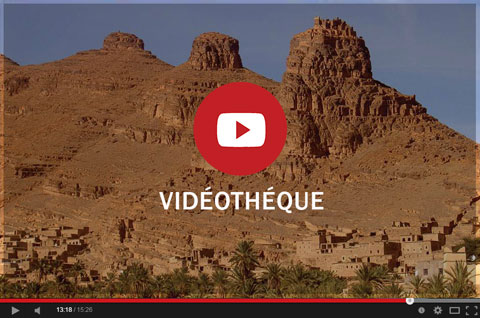
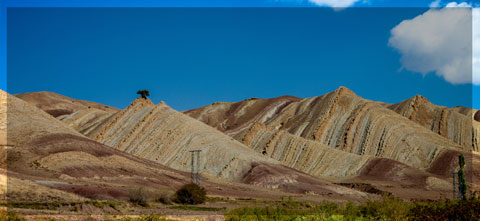
Photothéques
Publications & éditions
